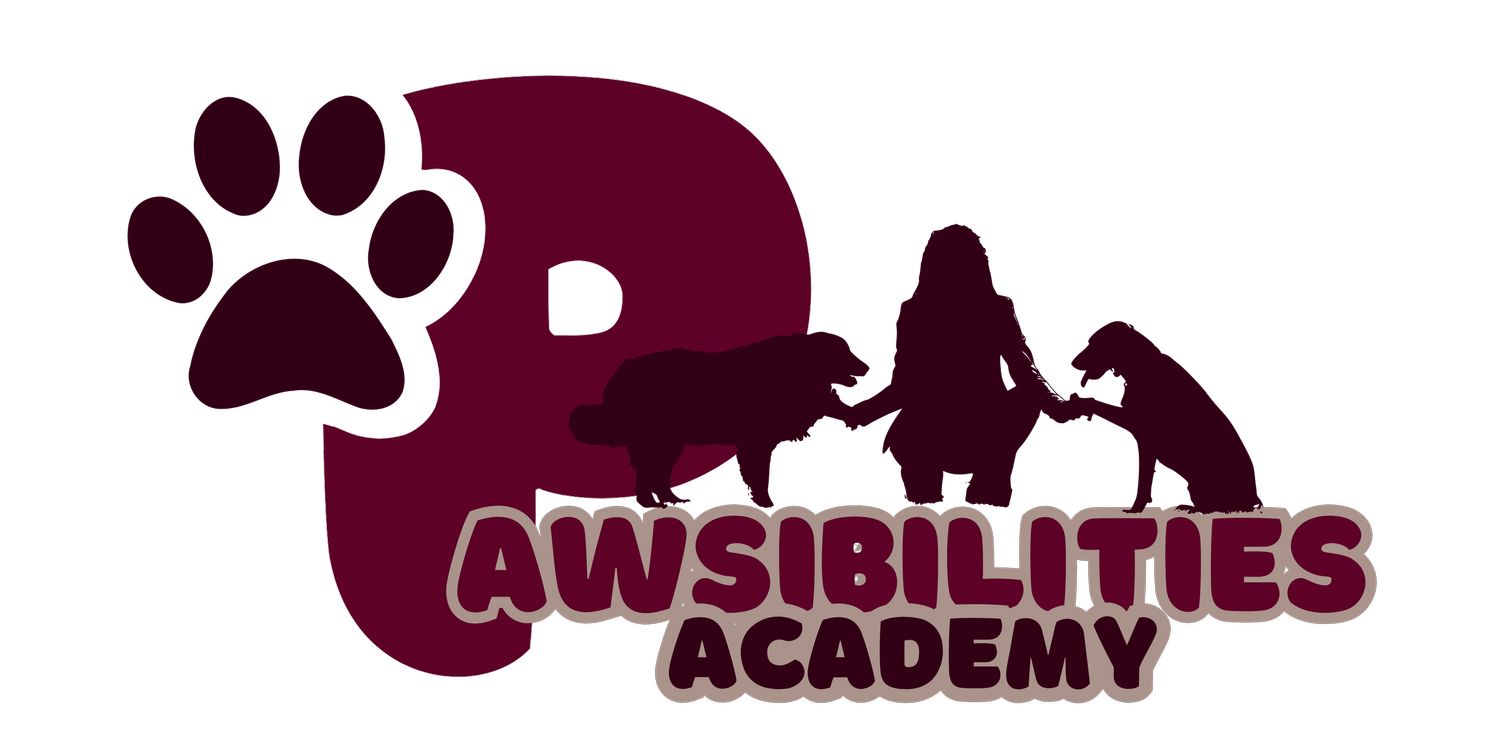12 Subtle Signs Your Dog Is Stressed — Before It Becomes a Problem
You’ve probably heard that a wagging tail doesn’t always mean a happy dog.
But what about the quieter moments—like a one-sided ear shake, a sharp little exhale, or a slow blink from across the room?
These micro-movements often go unnoticed. But for dogs, they’re part of a rich, emotional vocabulary—used to communicate long before they bark, growl, or hide.
This guide is for dog guardians who want to recognise the early whispers of discomfort, uncertainty, or emotional overload—and respond in ways that build trust.
Understanding the Colour Codes
Throughout this guide, you’ll see signs grouped by colour to help you understand how intense or concerning the behaviour might be:
🟢 Mild, self-soothing - Your dog is regulating or decompressing. No need to intervene—just observe and support.
🟡 Mixed, cautious - Your dog is unsure, assessing, or conflicted. Offer space, clarity, or reassurance.
🔴 High tension, emotional strain - Your dog may be reaching their threshold. Step in to prevent escalation or shut-down.
This system helps you respond based on what your dog feels, not just what they do.
🟢 1. Your Dog Licks the Ground or a Random Spot
Seen during: Walks, new environments, post-startle
What it means: A calming signal or displacement behaviour. Your dog may be grounding themselves or releasing stress.
What to do:
Pause and let them finish
Avoid dragging them away
Gently invite them to re-engage with “Ready?”
Trainer Tip: Ground-sniffing = “Give me a second to settle.”
🟡 2. They Shake Only One Ear
Seen during: Confusing cues, social awkwardness, background noise
What it means: A micro reset—your dog is releasing momentary tension.
What to do:
Slow your pace
Reduce pressure
Offer clarity or soft praise
Trainer Tip: One-ear flick = “That felt weird.”
🟡 3. Your Dog Sits with Their Back Half-Turned Toward You
Seen during: Recalls, greetings, moments of social pressure
What it means: Polite disengagement—they’re near but not ready for contact.
What to do:
Sit sideways too
Don’t call again
Let them approach when ready
Trainer Tip: Half-turn = “I’m here, just not ready yet.”
🟡 4. They Sniff the Air and Freeze
Seen during: New spaces, unfamiliar sounds, nearby animals
What it means: Your dog is gathering information and processing.
What to do:
Stay still
Keep the lead loose
Let them decide when to move
Trainer Tip: Sniff-and-freeze = “I’m checking if this is safe.”
🟢 5. They Lean Into You Without Eye Contact
Seen during: Noisy events, unfamiliar guests, stress
What it means: They’re not seeking affection—they’re anchoring to you emotionally.
What to do:
Be still
Don’t pet unless they ask
Let them decompress
Trainer Tip: Quiet leaning = “You’re my safe place.”
🟡 6. Your Dog Half-Stretches… Then Freezes
Seen during: Transitions, thresholds, new spaces
What it means: They started to relax but sensed something change.
What to do:
Pause and observe
Reassure or redirect
Respect the hesitation
Trainer Tip: Interrupted stretch = “Wait—something’s different.”
🟢 7. They Do a Long, Deep Inhale Before Continuing
Seen during: Post-stress, new environments, transitions
What it means: A self-soothing breath—resetting their nervous system.
What to do:
Let them finish
Don’t rush
Use it as a cue to slow down
Trainer Tip: Deep inhale = “I’m collecting myself.”
🔴 8. They Huff—Short Inhale, Fast Exhale
Seen during: Training pauses, frustration, unclear expectations
What it means: A sign of emotional friction or overwhelm.
What to do:
Simplify the request
Offer an easy win
Pause the moment
Trainer Tip: Huff = “This isn’t working for me.”
🟢 9. Your Dog Slowly Blinks While Looking at You
Seen during: Calm check-ins, decompression
What it means: Soft appeasement or reassurance—they’re saying “I trust you.”
What to do:
Blink slowly back
Speak gently
Acknowledge their calmness
Trainer Tip: Slow blink = “We’re okay.”
🟢 10. They Gently Mouth or Nibble Their Own Leg or Blanket
Seen during: Post-walk, waiting, quiet time
What it means: Self-soothing behaviour
What to do:
Let it happen (if gentle)
Offer a chew toy or calming enrichment
Observe patterns for stress triggers
Trainer Tip: Mouthing = “I’m calming myself down.”
🟡 11. They Avoid Eye Contact When You Give a Known Cue
Seen during: Overload, high pressure, environmental distractions
What it means: Emotional conflict—not disobedience.
What to do:
Lower the challenge
Reward small effort
Create a softer training space
Trainer Tip: Averted gaze = “I want to do it, but I’m not ready.”
🔴 12. They Rapidly Blink Without Soft Eyes
Seen during: Training tension, uncertainty, sensory overwhelm
What it means: Your dog is mentally flooded.
What to do:
Take a break
Soften your body and tone
Offer something predictable
Trainer Tip: Rapid blinks = “This is too much right now.”
Why This Matters
It’s easy to miss the early signs of stress in our dogs. Most of us have at some point.
But once you start to recognise their subtle body language—the head turns, the long blinks, the pauses—it changes everything.
You move from correcting behaviour to understanding your dog.
From managing reactions to building trust.
And that’s where true connection begins.


